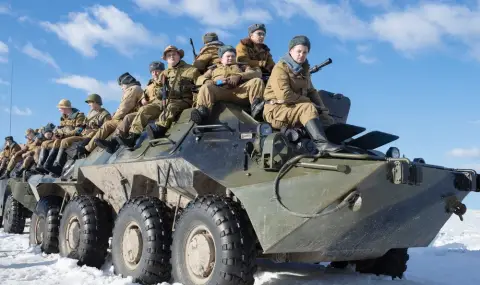On February 15, 1989, the last soldier of the expeditionary corps of the invincible Red Army withdrew from Afghanistan. At least that was the main message of the propaganda of the time.
It wasn't just war, it was barbarism. That's how Eduard Shevardnadze once described the Soviet intervention in Afghanistan to Deutsche Welle, which became the longest war ever waged by the Soviet Union.
It all began on the eve of Christmas in 1979. Units of the Red Army were sent to help the socialist government in Kabul. Moscow hoped that through military intervention it would be able to impose a government that would follow its orders. The concept worked, but only in the Afghan capital. In the remote areas of the country, resistance is growing rapidly, and the Islamic Mujahideen are waging war against the "godless regime" in Kabul and the foreign occupiers.
They receive support from the US and Saudi Arabia. Pakistan becomes the main base for the Mujahideen and the CIA. Among the thousands of volunteers in the ranks of the Mujahideen, Osama bin Laden is just a name.
The then leader of the USSR, Leonid Brezhnev, refuses to reconsider the strategy. He insists on a military solution to the conflict. The Kremlin's position does not change under his successors.
When Mikhail Gorbachev was elected General Secretary of the CPSU, it is clear that the then USSR society does not want this war. Gorbachev is credited with saying that "Afghanistan is our bleeding wound".
This is how it came to February 15, 1989. The commander of the Soviet contingent, Lieutenant General Boris Gromov, was the last to cross the bridge over the Amu Darya River, the border between the USSR and Afghanistan.
A large part of the "Afghans" who returned from the war entered the underground structures of organized crime, others merged with drug gangs, and still others sank into misery.
The attempt of the USSR and the USA to "test their strength on neutral territory" led not only to the collapse of the socialist bloc, but also to unpredictable changes in the Islamic world and in radical terrorist organizations.
